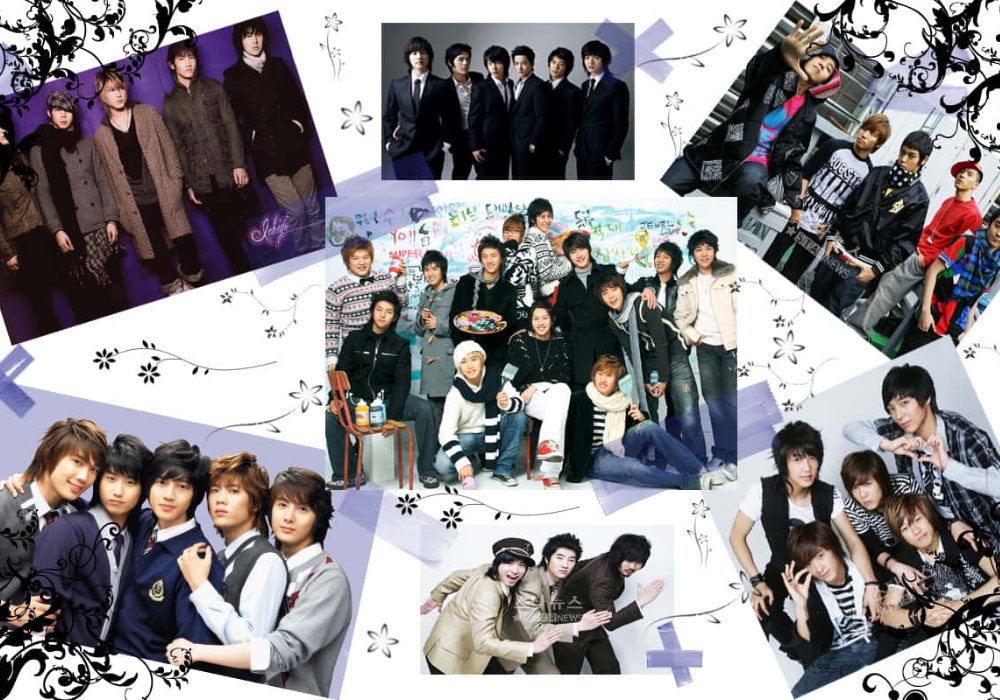The Evolution of K-Pop Music Videos

K-Pop music videos are a spectacle of breathtaking visuals, catchy choreography, and intricate storytelling, and they have become a hallmark of the genre. Over the years, these videos have transformed from simple performances to elaborate productions that captivate audiences worldwide. In this article, we’ll delve into the evolution of K-Pop music videos, trace their cultural significance, and explore how they have shaped the way fans interact with their favorite idols.
The Early Days: Simple Yet CatchyIn the late 1990s and early 2000s, when K-Pop was still in its infancy, music videos were relatively straightforward. Groups like H.O.T. and S.E.S. focused on simple choreographies, catchy hooks, and a few well-choreographed dance moves. These early videos often featured bright colors and a touch of the grunge aesthetic, reflecting the broader fashion trends of the time.**Fun Fact**: One of the first K-Pop music videos to garner significant attention was H.O.T.’s “Candy” (1996), characterized by its playful choreography and candy-colored visuals. This video helped pave the way for the visually-driven style of K-Pop we see today! The Transition: Emerging Visual StorytellingAs competition intensified, K-Pop music videos began to incorporate more narrative elements and high-quality production. The early 2010s saw a noticeable shift, with groups like Big Bang and Girls’ Generation releasing videos that blended performance and storytelling. For instance, Big Bang’s **“Lies”** featured a gripping narrative intertwined with their performance, while Girls’ Generation’s **“The Boys”** highlighted a more polished aesthetic.This era marked the introduction of creative concepts and themes, with each group crafting a unique identity. The visual style became crucial, with stunning cinematography and diverse settings, prompting fans to create entire analyses of the symbolism present in each video. The Golden Age: High Production Values and Global AppealBy the mid-2010s, K-Pop music videos reached new heights of artistic and technical sophistication. With the advent of digital technology, production teams had access to advanced filming techniques, special effects, and stunning visuals. Landmark tracks like BTS’s **“Blood Sweat & Tears”** and EXO’s **“Call Me Baby”** exemplified this golden age, blending dramatic narratives with high-energy performances that appealed to both domestic and international audiences. During this period, iconic visuals became a staple in K-Pop music videos. From intricate costumes to jaw-dropping sets, every aspect was meticulously crafted, pushing the boundaries of creativity. The influence of Western music video aesthetics also became evident, with K-Pop producers adopting global trends while putting their unique spin on them. **Fun Fact**: BTS’s **“DNA”** music video, released in 2017, became the first K-Pop video to reach over a billion views on YouTube, solidifying the genre’s global presence and proving the immense potential of K-Pop music videos to reach wide audiences!
|





 The Contemporary Scene: Innovation and Diversity
The Contemporary Scene: Innovation and Diversity

























